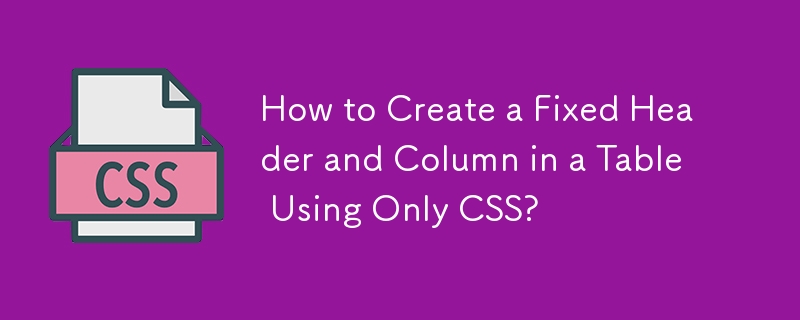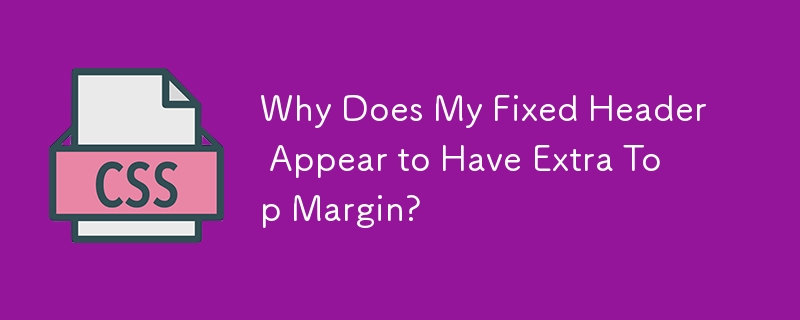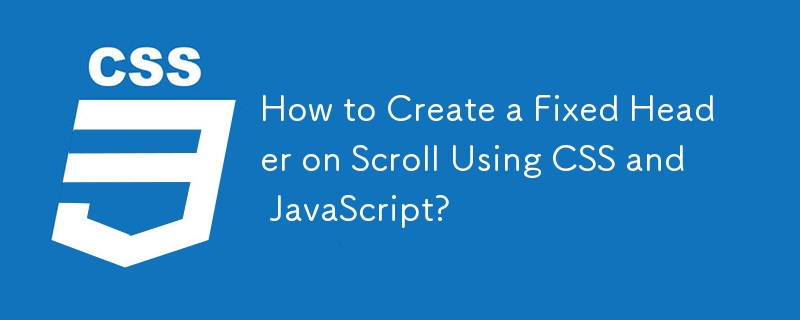Found a total of 10000 related content

How to add a custom taxonomy with a plugin
Article Introduction:Adding a custom taxonomy using plug-in ensures that the classification structure remains after topic switching and is easy to reuse. 1. Create plug-in folders and PHP files and add plug-in header information; 2. Write a registration taxonomy function, set tags and parameters and mount them to init actions; 3. Use taxonomy in the article editing interface after enabling the plug-in; 4. Get and display the classification through get_the_terms in the front desk; 5. Pay attention to refreshing the fixed link, unique naming, enabling debugging and keeping the plug-in lightweight.
2025-07-16
comment 0
648
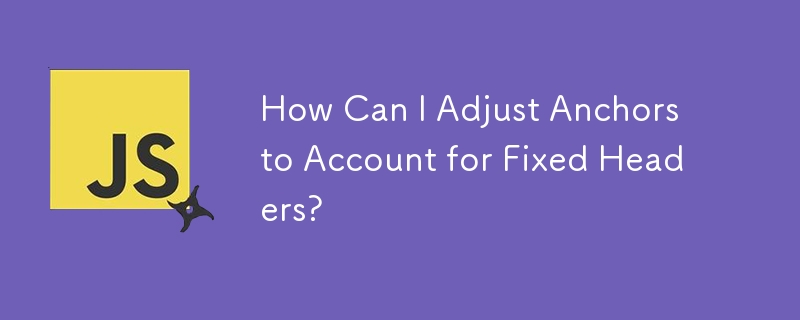
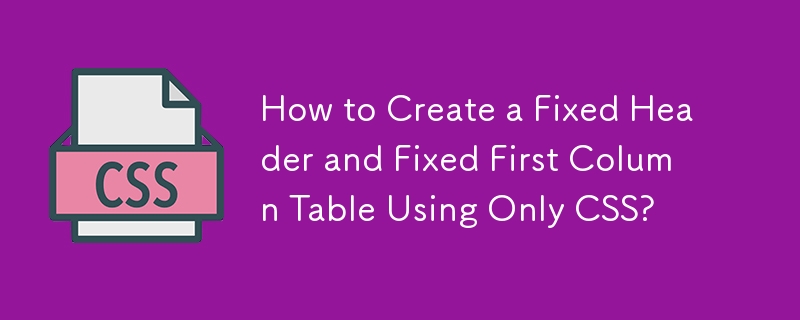
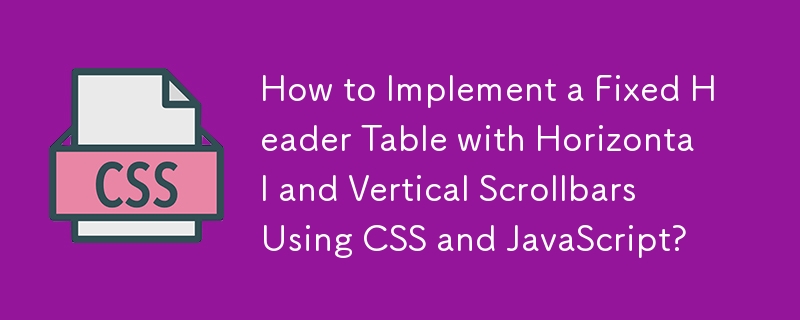
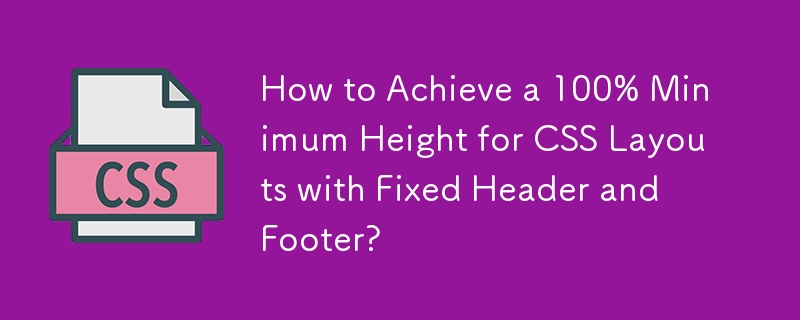
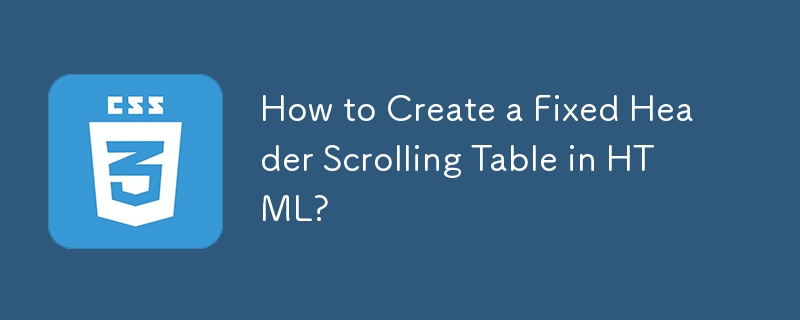


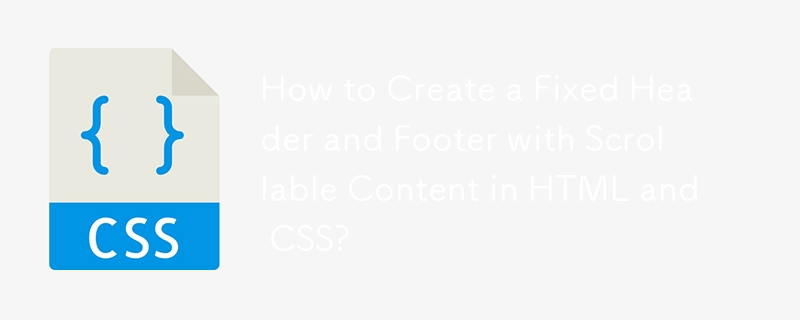

How to apply security headers in WordPress
Article Introduction:It is not complicated to add security response headers in WordPress, and can be implemented through server configuration, security plug-ins, or CDN. 1. Add header information such as X-Content-Type-Options, X-Frame-Options, etc. through Apache or Nginx configuration files; 2. Use plug-ins such as Wordfence and iThemesSecurity to simplify settings; 3. Use the built-in functions of CDN platforms such as Cloudflare to configure global header information. After configuration, you should use SecurityHeaders.com or ChromeDevTools to test and verify to ensure correctness and get at least A-level scores, while paying attention to backup and understanding the enabled
2025-07-11
comment 0
542

How do I add a table header using the element?
Article Introduction:Usage is a standard practice for adding table headers in HTML because it improves semantic clarity, facilitates style and script control, and supports fixed headers when printing. The specific steps include: 1. Use the wrapping header row internally; 2. Use the definition header cell instead of; 3. Use the row containing data immediately afterwards; 4. Control the header style through CSS, such as setting background color and font bold. Notes include: Make sure that you are inside, that a table is usually only one, and that the tag is supported by modern browsers.
2025-06-23
comment 0
285
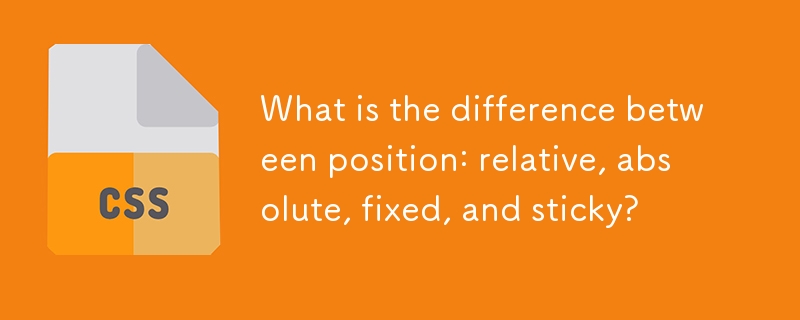
What is the difference between position: relative, absolute, fixed, and sticky?
Article Introduction:The position attribute has four values: relative, absolute, fixed, and sticky, and their behaviors are different. 1. Relative: The element is offset from its original position and is still in the document flow; 2. Absolute: Depart from the document flow, positioning relative to the nearest positioning ancestor elements; 3. Fixed: Depart from the document flow, always positioning relative to the viewport, keeping the position unchanged when scrolling the page; 4. Sticky: Between relative and fixed, according to the scroll position switching behavior, you need to specify top, bottom and other values ??to take effect, which are often used to fix the header or sidebar.
2025-06-30
comment 0
697
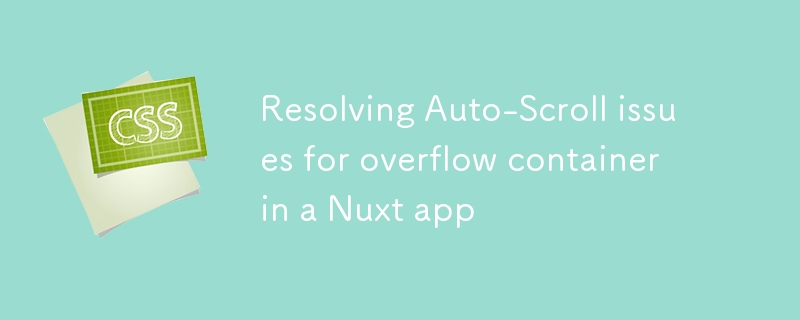
Resolving Auto-Scroll issues for overflow container in a Nuxt app
Article Introduction:This article shares how I solved the automatic scrolling problem caused by the overflow container in the non-scrolling body of the Nuxt application, and improved the user experience when the website scrolls. Table of Contents Initial Design Problem Solution Summary Initial Design When building my website using Nuxt.js, my initial design was to make only the main content container scrollable, while the header and footer remained fixed - without using CSS's fixed or absolute positioning. To do this, I used a combination of CSS's `flex` and `overflow` properties, starting with the `body` tag: body{overflow:hidden;height:100%;} in the default.vue layout:
2025-01-15
comment 0
496

Implementing Page Headers and Footers with HTML5 Tags
Article Introduction:Headers and footers are crucial in web page structure. 1. HTML5 uses and tags to define these areas to improve semantics and optimize SEO and accessibility; 2. It is often used on the top of a page or block, including title, navigation, logo, etc. It is recommended that a page only uses one global header and can be fixed through CSS; 3. Define the bottom of a page or block, usually containing copyright information, secondary navigation, etc., and should also keep the semantics clear and pay attention to auxiliary functions; 4. Fixed positioning and responsive design are recommended in the layout, and extracted into component reuse in combination with the front-end framework.
2025-07-10
comment 0
619

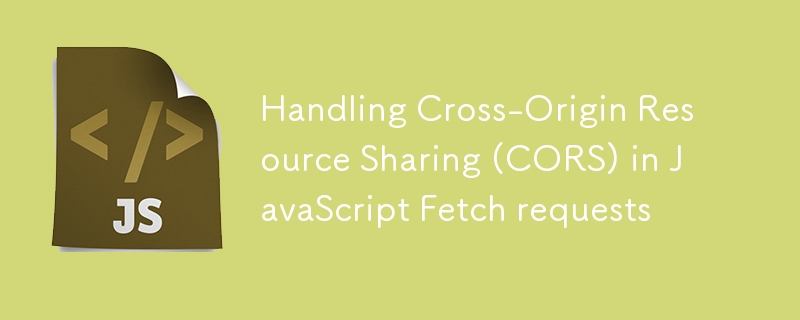
Handling Cross-Origin Resource Sharing (CORS) in JavaScript Fetch requests
Article Introduction:The CORS problem is solved by front-end collaboration. ① CORS is a browser security mechanism. An error is reported due to the lack of response headers such as Access-Control-Allow-Origin across domain requests; ② The backend should set the allowed source, method, and header information, and correctly handle the OPTIONS pre-flight request; ③ The frontend can temporarily bypass restrictions through proxy and plug-in; ④ When troubleshooting, you need to pay attention to console information and confirm which header or method is not allowed.
2025-07-05
comment 0
453

How to change the new tab page in Chrome
Article Introduction:There are three ways to change the default interface of the new Chrome tab page ① Use the "CustomNewTabURL" plug-in to set blank pages or custom URLs, which are suitable for users who pursue simplicity or fixed jump needs; ② Install third-party plug-ins such as Momentum, Infinity New Tab Page, Toby, which provides personalized background, efficiency tools and multi-page management functions, which are suitable for users who pay attention to beauty and practicality; ③ Use local HTML files to modify the startup parameters to achieve customization, which is suitable for geek users who understand technology and don’t mind maintenance.
2025-07-15
comment 0
154
